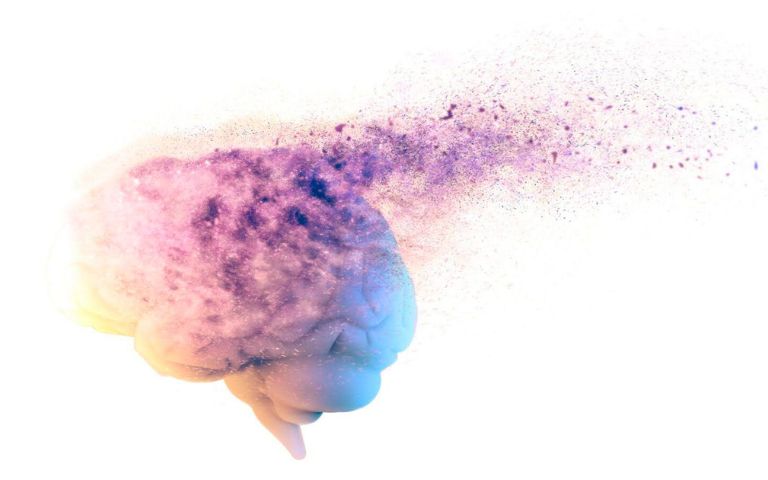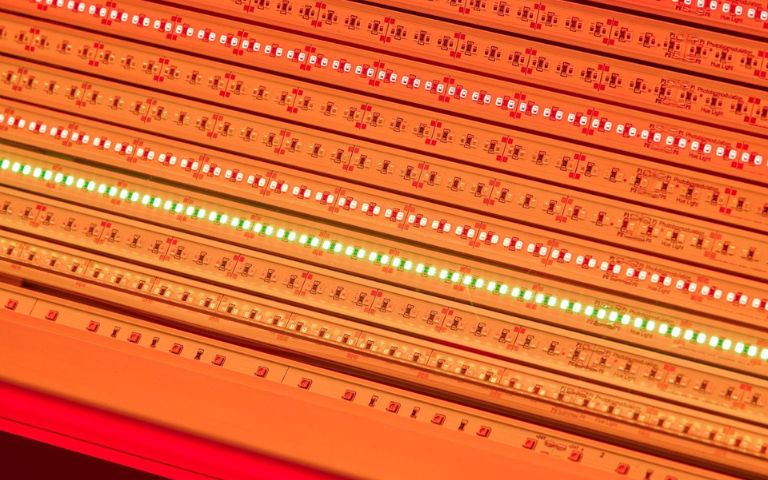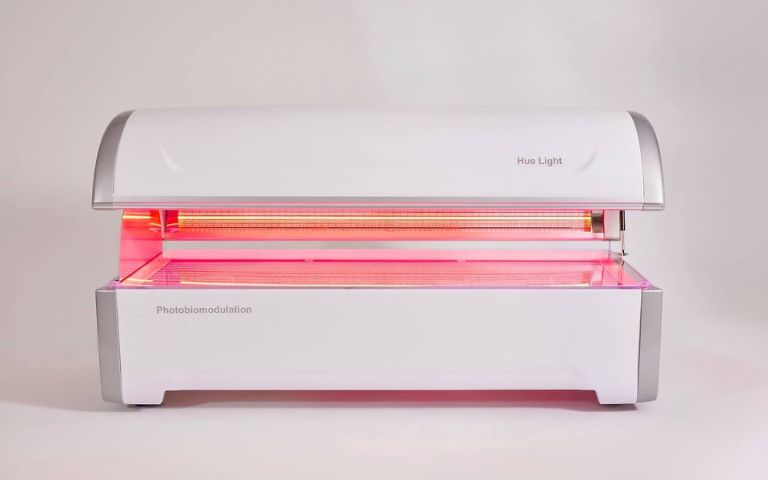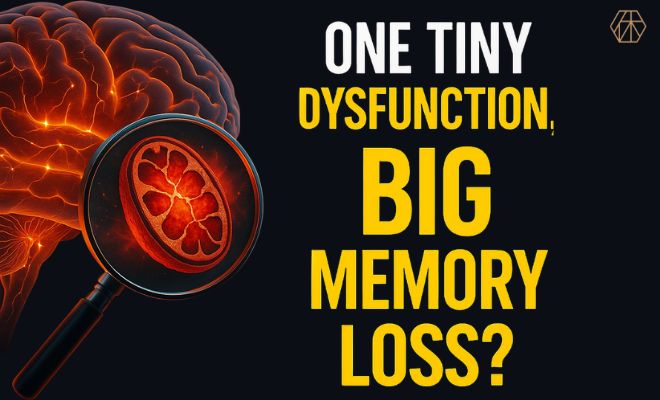What happens when brain cells can no longer generate their own energy?
Recent studies underscore that mitochondrial dysfunction is a key driver of dementia progression. When the cell’s power plant stalls, neurons run short of ATP, oxidative stress escalates, inflammation takes hold, and cognitive functions erode. Dementia is not merely a by‑product of aging; but it is, in many cases, a cellular energy crisis. Research shows that red light therapy for dementia can support memory.
How Big Is the Dementia Problem in the United States?
- Prevalence – About 6.7 million Americans lived with dementia in 2024, and the number is projected to reach 13 million by 2050.
- Age – 11.3% of adults aged 65 and older have dementia; among those aged 85 and above, nearly one in three is affected.
- Sex – Women develop dementia at roughly twice the rate of men.
Source: Alzheimer’s Association — 2024 Facts & Figures
Dementia Has More Than One Cause
Alzheimer’s disease, vascular dementia, and Lewy‑body dementia are the most common forms, but they all share three pathological themes: energy‑metabolism failure, abnormal protein aggregation, and chronic neuroinflammation.
Mitochondrial Dysfunction: What Happens When the Power Goes Out?

- ATP production plunges → neurons face energy scarcity.
- Oxidative stress and inflammation surge → neuronal damage accelerates.
- In 2024, the USC Leonard Davis School of Gerontology reported that rare variants of the mitochondrial peptide Humanin helped preserve memory, even in APOE4 carriers, a high‑risk group for Alzheimer’s
How Mitochondrial Failure Connects to Alzheimer’s Disease
- A 2023 review in Frontiers in Aging Neuroscience highlights mitochondrial failure as an early and central pathology in Alzheimer’s, citing disrupted electron‑transport chains, calcium imbalance, reactive‑oxygen buildup, and synaptic energy shortage.
- The mitochondrial cascade hypothesis argues that genetic and environmental insults first damage mitochondria; amyloid‑β, tau tangles, and neuro‑inflammation follow as downstream events.
How Is Dementia Treated Today?
The leading drugs, i.e, donepezil (Aricept) and memantine (Namenda), aim to relieve symptoms, but they do not halt the core disease process.
Why Drug Effects Remain Modest
A landmark 2012 study in the New England Journal of Medicine (known as the DOMINO trial) examined the long-term effects of Alzheimer’s drugs like donepezil and memantine. While the medications offered small but statistically significant cognitive benefits, researchers concluded that their overall impact on disease progression was modest. In other words, these drugs may slightly delay decline but rarely change the overall trajectory of Alzheimer’s.
Study – NEJM 2012 DOMINO Trial
When One Pill Leads to Another: The Hidden Cost of Managing Side Effects
Alzheimer’s drugs like donepezil often cause gastrointestinal side effects nausea, vomiting, loss of appetite, or diarrhea, especially in the early weeks of treatment.
To ease these symptoms, doctors frequently prescribe stomach-protecting medications, such as acid blockers (PPIs) or prokinetics. These can make the main drug more tolerable and help patients stick with the treatment. But this solution comes with its own set of risks.
Stomach Meds Aren’t Always Harmless
Long-term use of acid-reducing medications has been linked to several unintended consequences:
- Nutrient deficiencies
→ Reduced absorption of calcium, magnesium, and vitamin B12. - Disrupted gut microbiome
→ Acid suppression can alter the balance of healthy bacteria in the intestines.
Can Red Light Rescue Memory without Medicine? A Simple 8‑Week Experiment

- Baylor Scott & White Health enrolled 60 dementia patients. Participants self‑applied near‑infrared (NIR) light to the head 6 minutes per day for 8 weeks.
- Outcome – Mean scores for memory, language, and attention rose by 4.8 points. Sleep and mood improved, and no adverse events were reported. [Paper]
HueLight PBM: Red Light Therapy For Dementia Support
HueLight’s photobiomodulation (PBM) device delivers 530–940 nm multi‑wavelength light across both body and brain regions. Nogier‑frequency modes allow precise stimulation, offering potential benefits:
- Enhanced cerebral blood flow and oxygen delivery
- Improved sleep, mood, and anxiety profiles
Conclusion: Rethinking Dementia as an Energy Crisis

Emerging science views dementia not just as aging, but as a cellular energy crisis. Mitochondrial failure, oxidative stress, and inflammation often begin before traditional markers like amyloid plaques appear.
Today’s drugs offer modest symptom relief but do little to restore energy at the neuronal level. Managing side effects can also trigger a cascade of new medications and risks. This has led researchers to explore non-drug approaches like photobiomodulation (PBM), which may help recharge brain cells by boosting ATP production and blood flow.
Though large trials are still ongoing, PBM shows promise as a complementary, low-risk strategy, a small practical step in preserving brain function.













